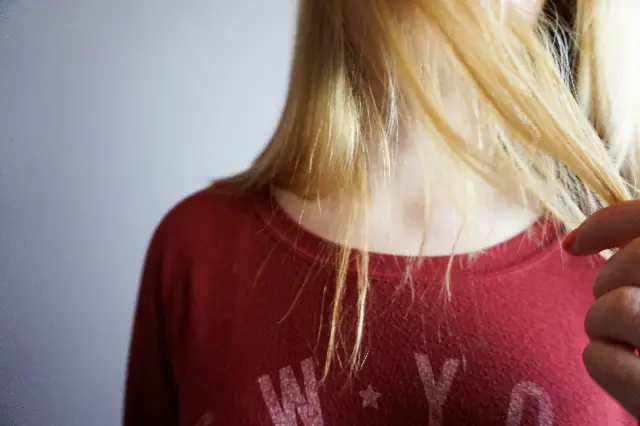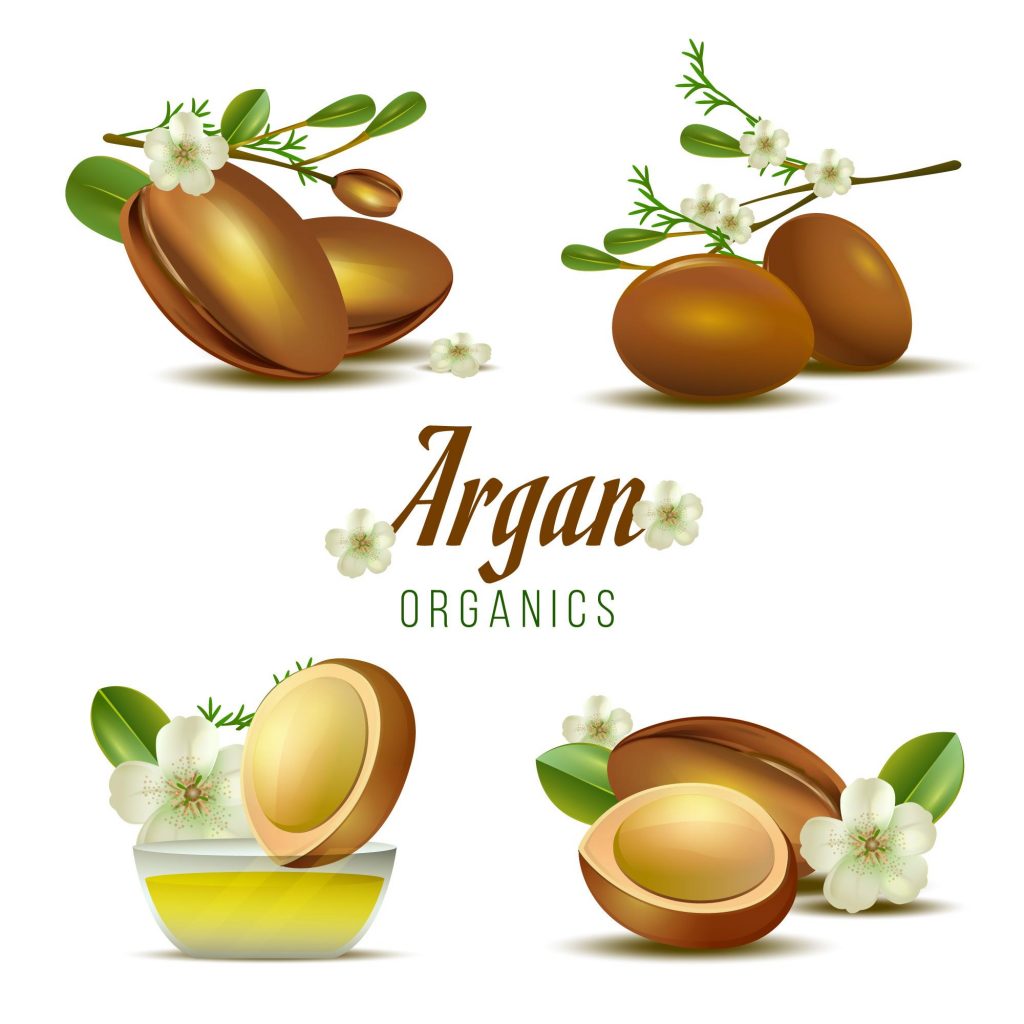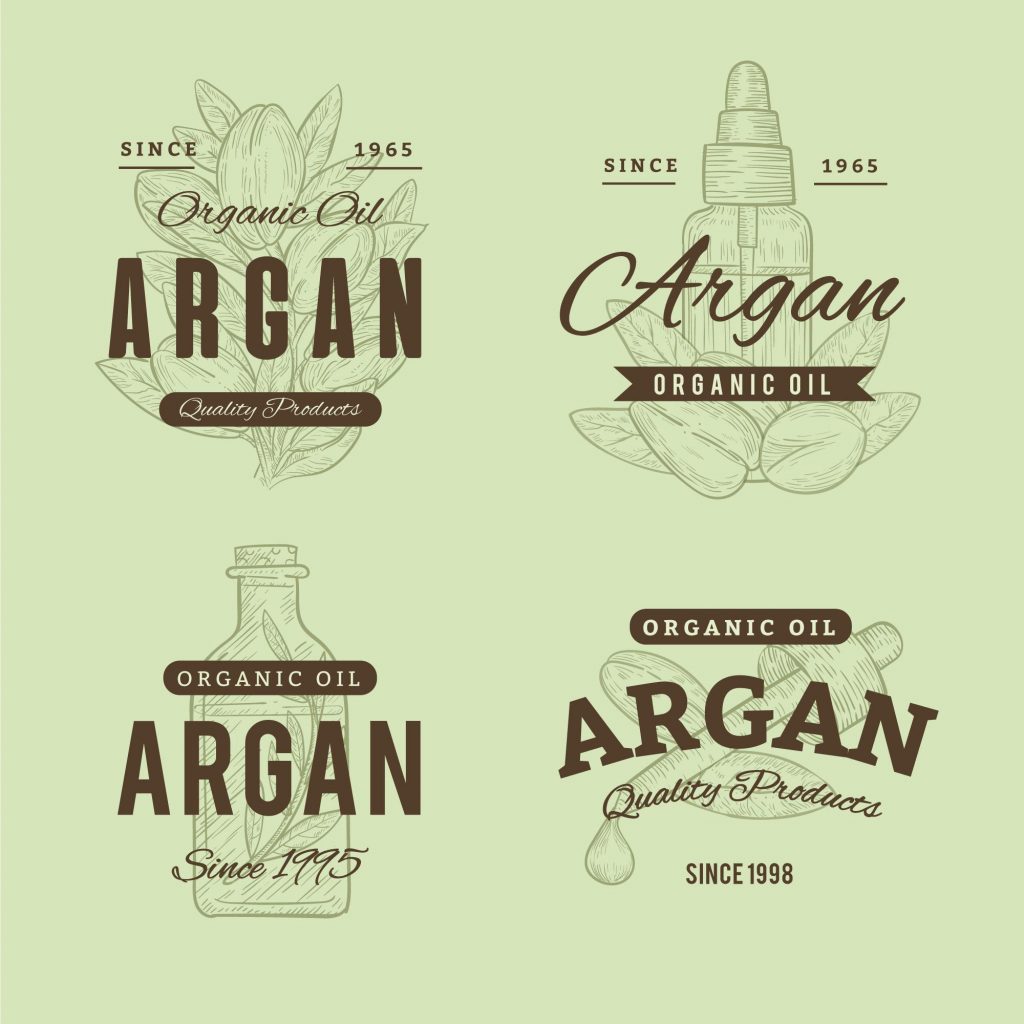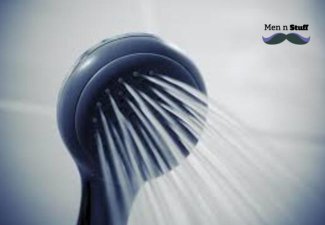Have you ever wondered why you have shiny hair but it’s not oily? It primarily depends on how your scalp produces sebum (a natural oil our scalps produce to keep the hair healthy). Having shiny and non-oily hair is good since it means that it is healthy.
What Makes Hair Oily?
Several factors contribute to the oily state of your hair. Oily hair is dull and unhealthy; thus, it becomes a nightmare for you when trying to make it shiny. But what contributes to the oiliness of your hair? Here are the primary causes of oily and dull hair:
Using harsh hair products such as shampoos: When you use harsh shampoos or conditioners, they strip the natural oil from your hair, rendering it dry. As a result, your scalp produces excessive oil, making your hair oily and unhealthy.
Overwashing: Science tells us that our hair roots comprise sebaceous glands. These glands primarily lubricate the hair and skin. Therefore, when you wash your hair daily, you wash away the oils, prompting the glands to produce more. Suppose dirt accumulates on your hair; your sebaceous glands can’t produce excessive oil.
Climate: Although the climatic conditions play a minute role, it is understood that if you live in humid areas such as New Orleans, your scalp will produce more oil than those in drier regions.
How to Achieve Shiny Hair with a Good Oil Balance
Your scalp naturally produces oil, essential for keeping your hair healthy and hydrated. But when you have too much oil on your scalp, it makes your hair look greasy. On the other hand, if you don’t have enough oil on your scalp, your hair can look dry and dull. So how should you achieve the perfect balance?

1. Eat a Balanced Diet Rich in Proteins and Biotin
The best way to strike a good balance of shine and oil in your hair is to mind what’s on your plate. Since proteins are essential for healthy hair, ensure that your diet is rich in proteins and biotin.
Hair comprises keratin protein. If you lack sufficient proteins in your diet, your hair will suffer. Another essential nutrient for healthy hair is biotin. Biotin is available in foods like eggs, nuts, and legumes. To achieve the best result, consult your nutritionist for a professional opinion.
2. Use Castor Oil When Styling Your Hair
Castor oil is a natural oil that can help make your hair shiny and healthy. It’s rich in vitamins and minerals, and it can also help to moisturize your scalp. To use castor oil, simply massage it into your scalp and hair before washing it off.
You can as well add a few drops to your shampoo or conditioner. In addition to making your hair shinier, castor oil will strengthen it and promote faster growth.
3. Nourish Your Hair with Marine Botanicals
Your hair resembles a sponge; it can only absorb so much oil before it looks greasy. When you over-wash it, you strip away the natural oils that keep your scalp and strands healthy. This can lead to dryness, brittle strands, and increased oil production.
Nourishing your hair with marine botanicals can help replenish lost moisture and restore balance to the scalp. Marine botanicals are rich in nutrients that support healthy hair growth and protect against environmental damage. They have anti-inflammatory properties that soothe the scalp and reduce irritation.
You can also nourish chemically-treated dry hair with marine botanicals to give it softer and shiny strands. This conditioner has Vitamin E that assists hair in resisting sun-generated radicals.
4. Protect Your Hair with Argan Oil
It is well known that healthy hair withstands artificial and natural elements. However, consider giving your hair a protective layer from the effects of humidity and sun. While humidity makes your hair lack shine, sunshine damages it.
To avoid these sad situations, add moisture to your hair by deep conditioning it and then heat style it with argan oil. Argan oil supplies your hair with the much-needed moisture to prevent it from latching onto the air moisture.

5. Avoid Washing Your Hair Daily
As mentioned earlier, Over washing your hair strips it of its natural oil, forcing it to signal the sebaceous glands to reproduce more, leading to greasy hair. A dirty scalp avoids producing excessive oil to keep itself healthy!
Therefore, consider taking a day off from washing your hair to ensure it stays healthy and shiny. You can consult your hairdresser on this issue to determine whether skipping washing it for two days is possible.
6. Use Dry and Clarifying Shampoos
If your hair is oily, consider using dry and clarifying shampoos to remedy the situation. A dry shampoo such as Klorane Dry Shampoo with Oat Milk uses oat milk to soften your air while absorbing the excessive oil produced by your scalp.
On the other hand, suppose you have oily hair, it’s essential to use shampoo to remove excess oil and product build-up. A clarifying shampoo will do just that, leaving your hair clean and fresh.
It will be best if you apply the shampoo to the roots of your hair to allow the hair shaft to soak in natural oils.
7. Go for Specialized Consultation
Suppose your hair is oily or dry; all indications are that there is a problem. If you’ve tried the above remedies in vain, it is time you paid a specialist a visit for a consultation. Chances are that your stylist might offer consultation for free.
Specialized consultation enables you to understand the suitable way to avoid greasy hair and have it shining all through. During the consultation, your stylist will test your hair for density, texture, and elasticity.
Additional Tips to Make your Hair Shiny without Oiliness
- Rinse with cold water: Rinsing your hair with cold water can help seal the cuticle, making your hair appear shinier.
- Consider using volumizing conditioners and Shampoos: To get fuller-looking locks, try using a volumizing shampoo and conditioner designed for this purpose. They’ll leave your hair soft, shiny, and full of volume without weighing it down like traditional shampoos.
- Switch up your products: Sometimes, all you need is a new product! Pick up some dry shampoo at the drugstore if you’re washing more than usual due to product build-up in your hair strands.

The do’s and don’ts of Healthy Hair
Proper hair care is an indispensable part of grooming. Maintaining healthy, glossy and radiant hair does not merely hinge on the choice of shampoo or conditioner alone. Rather, it involves a complete routine with a nuanced understanding of what to do and what not for your locks. Here, explore the cardinal rules that govern the quest to healthy hair.
Do’s of Healthy Hair
- Do Wash Hair Regularly: Washing hair regularly ensures that your scalp and hair is free of dirt and excess oil. The regularity can depend on one’s hair type and personal preferences, ranging from every other day to only once a week.
- Do Use Conditioner After Every Wash: A good conditioner can work wonders for your locks. It replenishes vital oils that shampoo strips off your hair.
- Do Use Heat Protectant: Before applying hot tools, always spray a heat protectant to prevent heat damage.
- Do Choose Products According to Your Hair Type: Different hair types require different products. Choosing a product that corresponds with your hair type boosts the effectiveness of that product.
- Do Drink Plenty of Water: Since our hair is about a quarter water, drinking at least two liters every day will help the hair stay vibrant and shiny.
Don’ts of Healthy Hair
- Don’t Overwash Your Hair: Overwashing can lead to dryness and damage as it strips away the natural oils that protect and nourish your hair.
- Don’t Use Heat Styling Tools Every Day: Regular use of heat-styling tools can lead to dry and damaged hair. Limit their usage to once or twice a week.
- Don’t Skip on Trims: Even if you’re growing out your hair, it’s advisable to get trims every six to eight weeks to eliminate split ends.
- Don’t Forget to Protect Your Hair from Sun: Extended exposure to the sun’s rays can damage your hair. Use hats or scarves to shield your hair from harmful UV rays during intense summer months.
- Don’t Brush Wet Hair: When the hair is wet, it is in its weakest state. Hence, avoid brushing immediately after washing.
By simply adhering to these do’s and don’ts, you can keep your locks lustrous, healthy, and undeniably gorgeous.
How to Get Rid of Perpetually Greasy Hair
Dealing with perpetually greasy hair requires a combination of proper hair care practices, lifestyle adjustments, and potentially seeking professional advice. Here’s a comprehensive guide to help you combat greasy hair:
1. Choose the Right Shampoo and Conditioner:
- Use a mild, clarifying shampoo designed for oily hair.
- Avoid heavy, creamy conditioners and opt for lightweight, volumizing formulas. Apply conditioner mainly to the ends, not the roots.
2. Adjust Your Washing Frequency:
- Wash your hair regularly but not excessively. Overwashing can strip away natural oils, leading to increased oil production.
3. Use Lukewarm Water:
- Hot water can stimulate the scalp’s oil production. Wash your hair with lukewarm water to help regulate oil production.
4. Rinse Thoroughly:
- Ensure you rinse your hair thoroughly to remove all shampoo and conditioner residues that can contribute to oiliness.
5. Avoid Over-Brushing:
- Brushing too frequently can distribute the scalp’s natural oils along the hair shaft, making it appear greasier. Brush as needed, but don’t overdo it.
6. Use Dry Shampoo:
- Dry shampoo can absorb excess oil and give your hair a refreshed appearance between washes.
7. Choose Oil-Free Styling Products:
- Opt for styling products labeled as oil-free or lightweight. Avoid heavy serums and creams.
8. Hands Off:
- Touching your hair frequently can transfer oils from your hands to your hair. Try to avoid excessive touching.
9. Consider Your Diet:
- A balanced diet rich in vitamins, minerals, and omega-3 fatty acids supports healthy hair and scalp.
10. Manage Stress:
- Stress can affect hormonal balance and, consequently, oil production. Practice stress management techniques.
11. Limit Heat Styling:
- Heat styling can stimulate oil production. Use heat styling tools sparingly and use a heat protectant.
12. Professional Help:
- If the problem persists, consult a dermatologist or hairstylist. They can recommend products and treatments tailored to your specific hair needs.
13. Natural Remedies:
- Some natural remedies like rinsing with diluted apple cider vinegar or using aloe vera gel on the scalp may help balance oil production.
14. Scalp Massage:
- Gently massaging your scalp can help distribute natural oils and stimulate circulation.
Remember that finding the right routine for your hair type may take some trial and error. It’s important to be patient and consistent with your chosen methods. Making gradual changes to your hair care routine and lifestyle can help regulate oil production and lead to healthier, less greasy hair over time.
The Takeaway
Suppose you wonder why your hair is shiny but not oily; the answer is simple. It’s all about the sebum and other factors such as over-washing and using harsh hair products. Sebum is the natural oil created by our scalps, and it helps to keep our hair healthy and hydrated. However, too much sebum leads to an oily scalp and greasy hair.
Balancing hydration and oil production is key to achieving shiny, healthy-looking hair. If your scalp produces too much oil, try a clarifying shampoo or an oil-absorbing dry shampoo to help control shine. However, if your strands look a little lackluster, give them a boost with a shine-enhancing serum or oil.
Frequently Asked Questions
What is hair Elasticity?
Hair elasticity means the ability of your hair strand to stretch. To test your hair elasticity, take a wet strand and hold it at both ends as you stretch it. A healthy hair strand stretches half its length when wet.
What’s Hair Density?
Hair density typically refers to the number of hairs per square inch. On average, humans have 2,200 hair strands per square inch.
What’s hair texture?
Hair texture refers to the diameter of the hair, which can be coarse, medium, or fine. You can feel your hair’s texture by running your thumb through a strand.
Reference 1: https://gharpar.co/how-to-get-shiny-hair-but-not-greasy/
Reference 2: https://hellogiggles.com/hair/tricks-make-hair-look-super-shiny-healthy/

